Save your meniscus to prevent arthritis by repairing it with the FDA approved NovoStitch Pro Meniscal Repair System invented by Dr. Saliman.
|
|

|
Dr. Saliman invented the NovoStitch Pro Meniscal Repair System in 2008 and then founded the start-up Ceterix® Orthopaedics in 2010 to develop the technology. The NovoStitch was approved by the FDA in 2012 and received a Silver Award in the 2015 Edison Awards in the surgical tools category. Nobody has more experience sewing meniscus tears back together with circumferential stitches than Dr. Saliman.
Click the logos below to learn more about Dr. Saliman



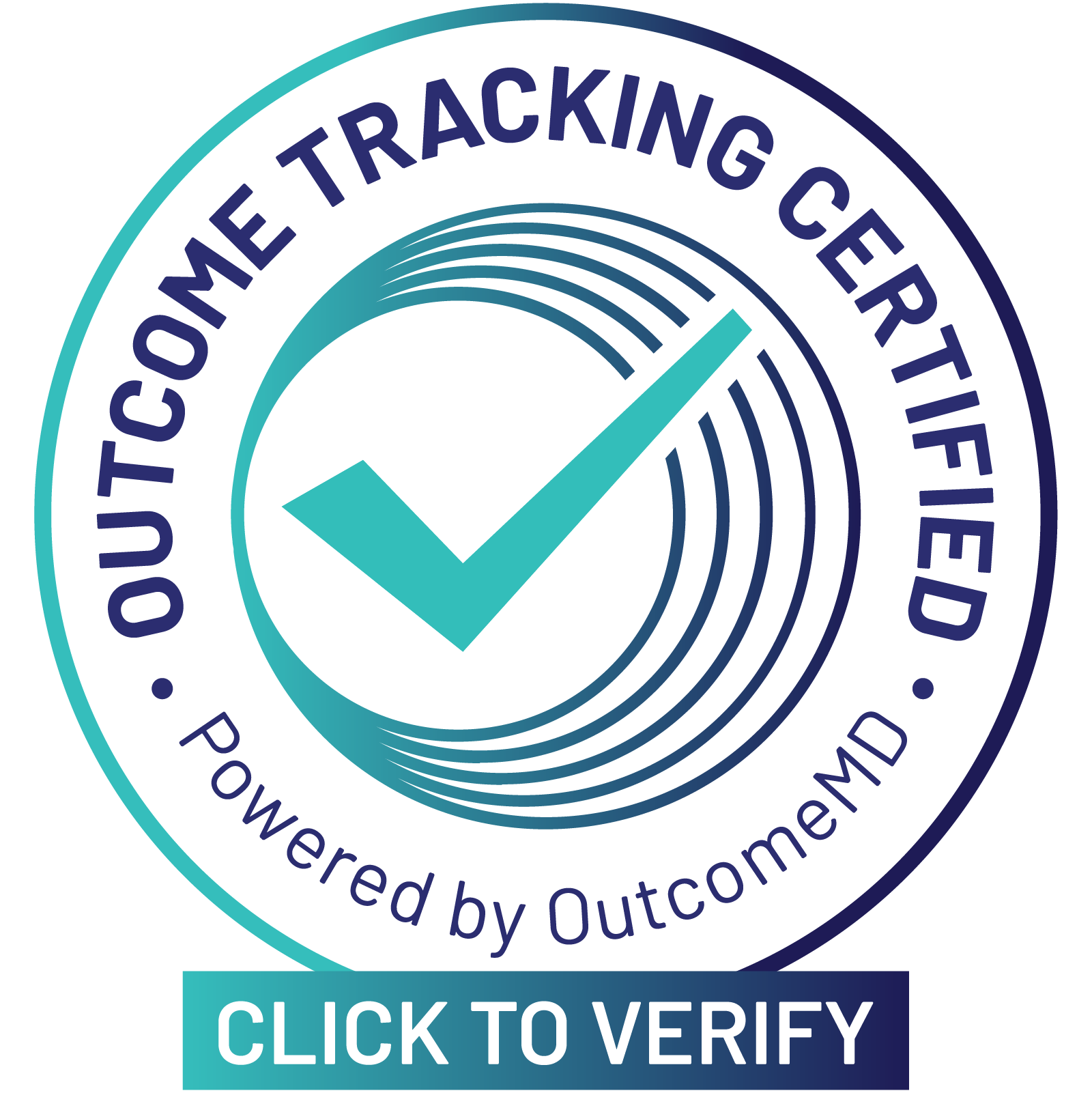
Circumferential Stitches enable anatomical reduction and uniform compression of the tear surfaces, which has been shown to be biomechanically superior to traditional techniques. The device that passes these stitch patterns is called the NovoStitch Pro Meniscal Repair System (innovated by Dr. Saliman), and is fully approved by the FDA.
Circumferential Techniques

Old Techniques
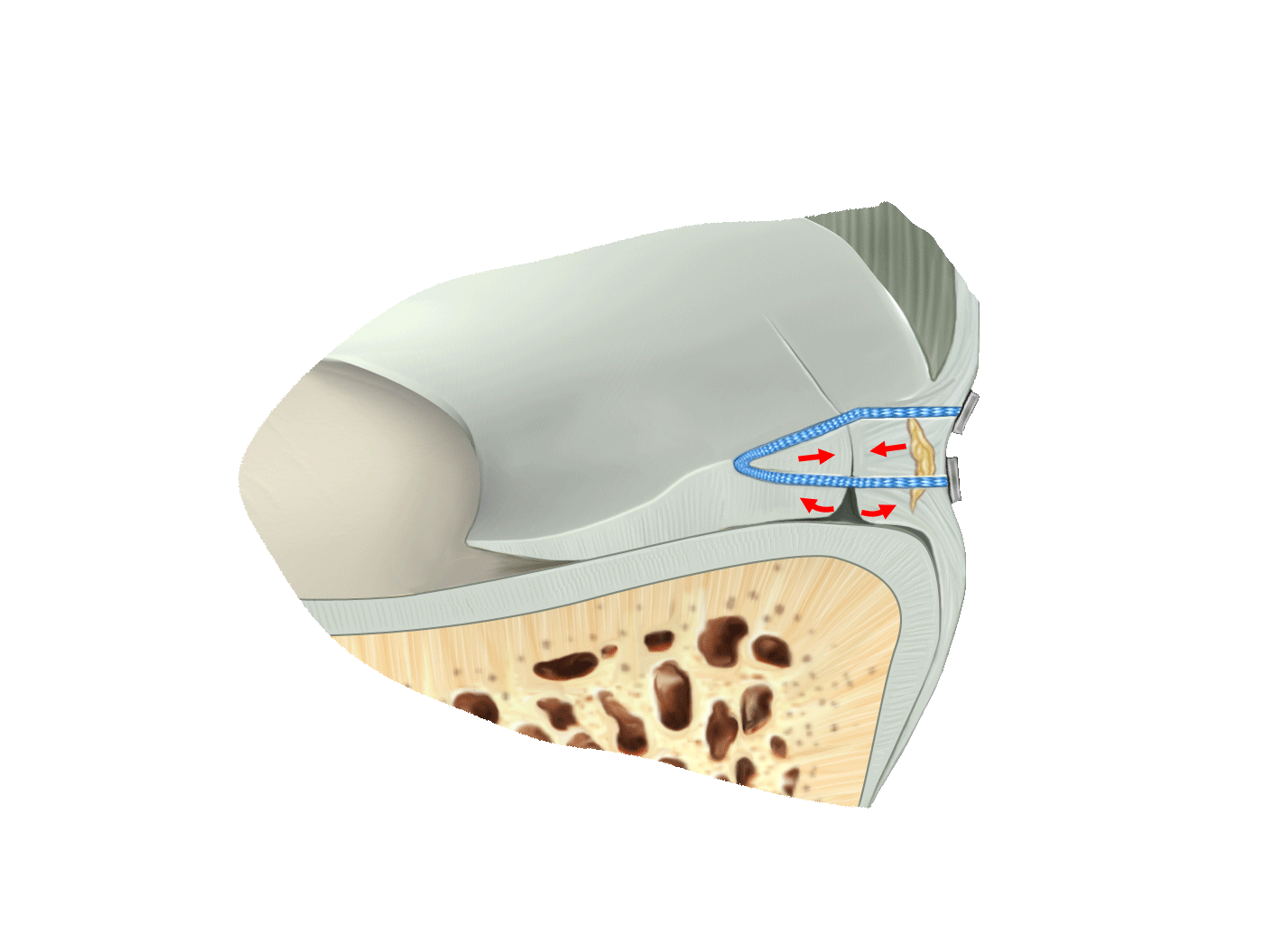
It takes 6 weeks for musculoskeletal tissues to heal. During this time, the meniscus tear edges must be firmly held together with stitches in order to achieve healing. There are simply too many knee forces acting on the meniscus tear, constantly pulling it apart for a biologic to be successful without mechanically holding the tear edges together. Hence it cannot heal well without stitches holding the tear in place to resist those forces during the six weeks it takes for the meniscus to heal (similar to casting a broken bone).
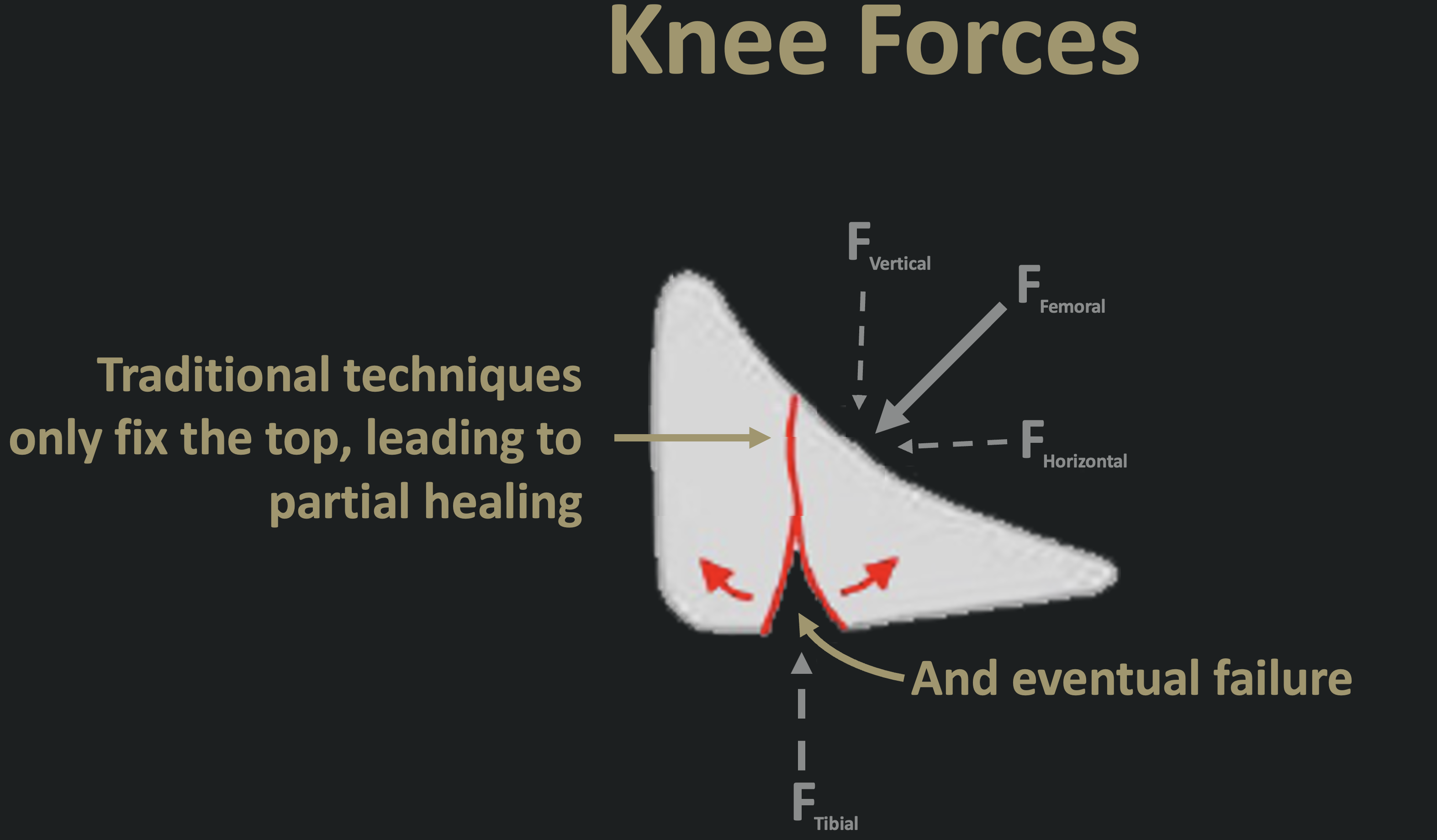
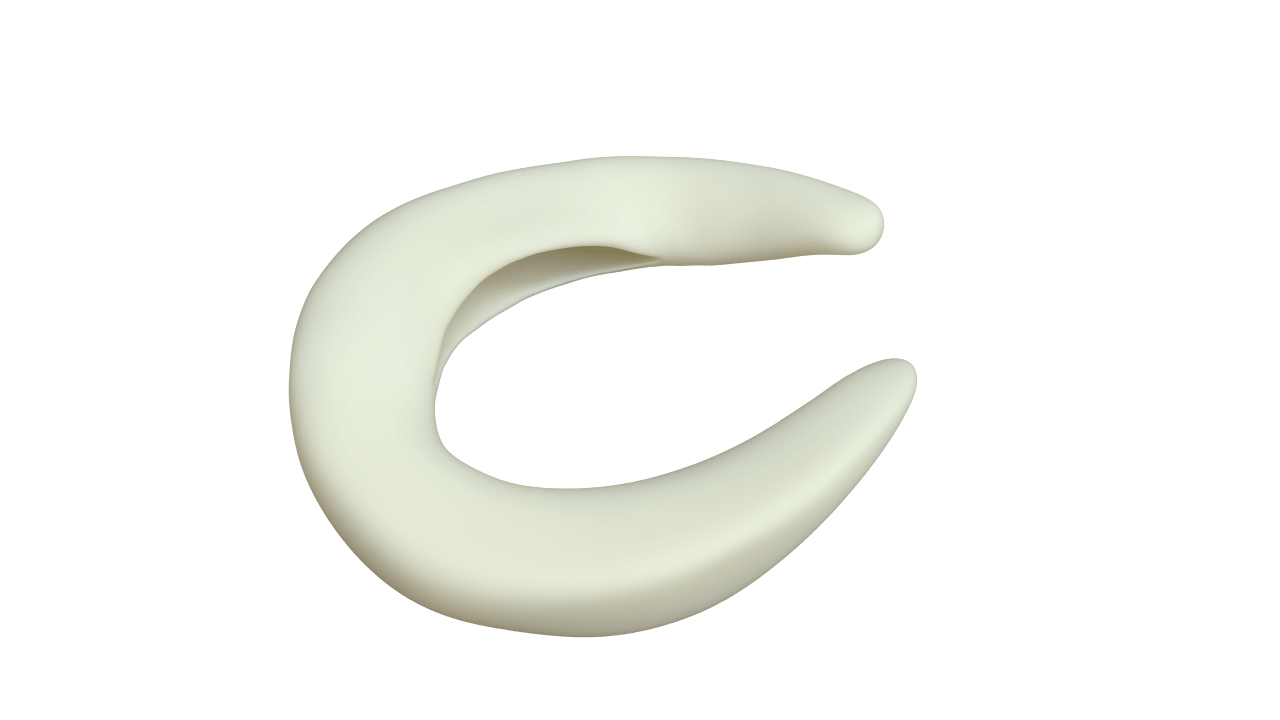
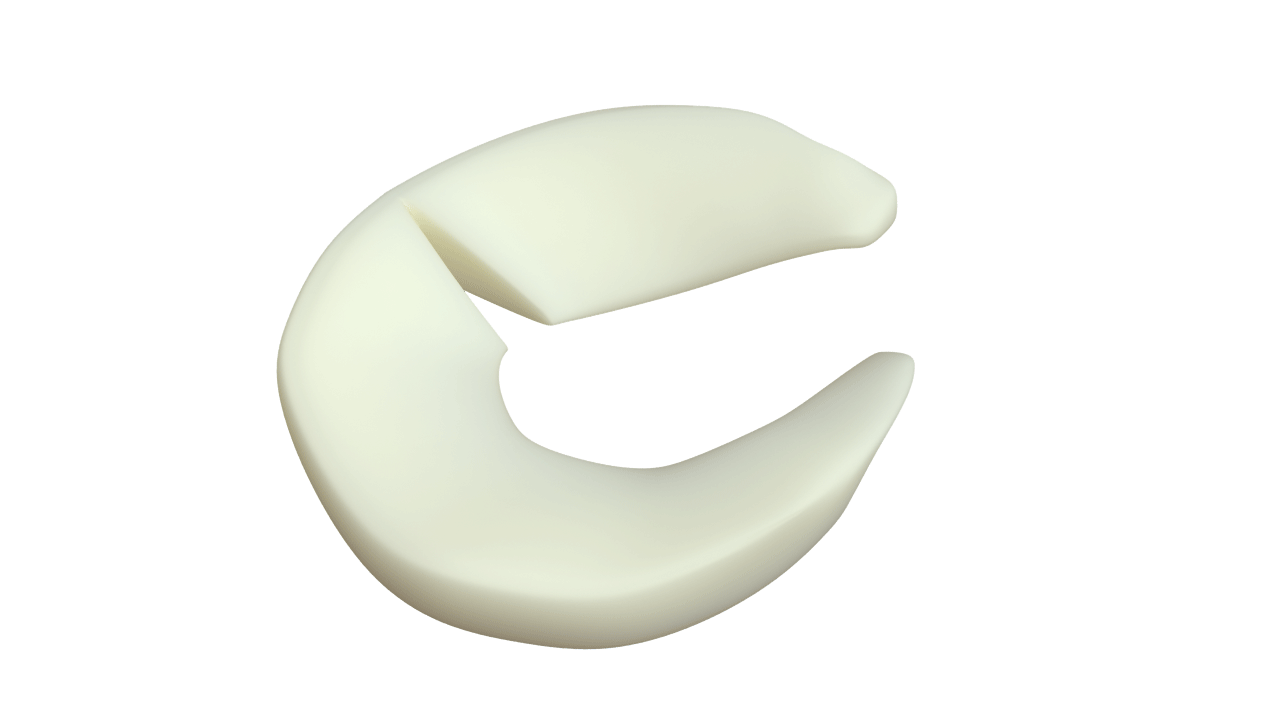
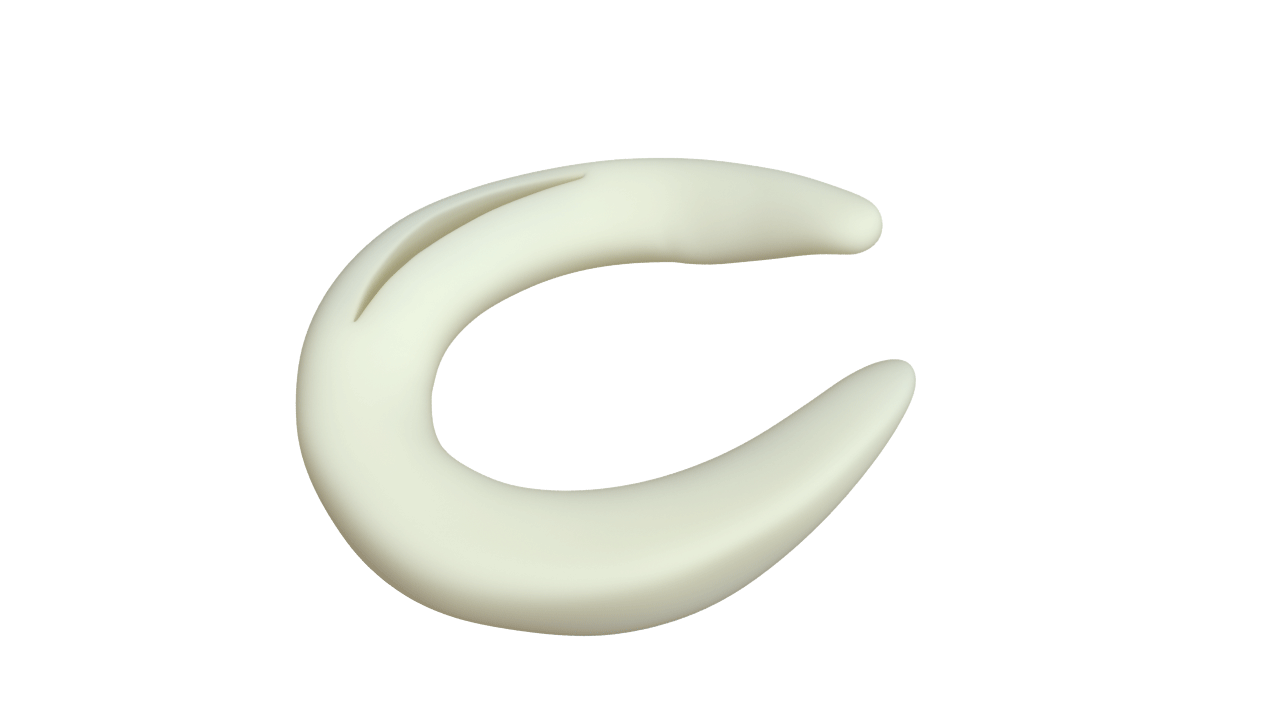
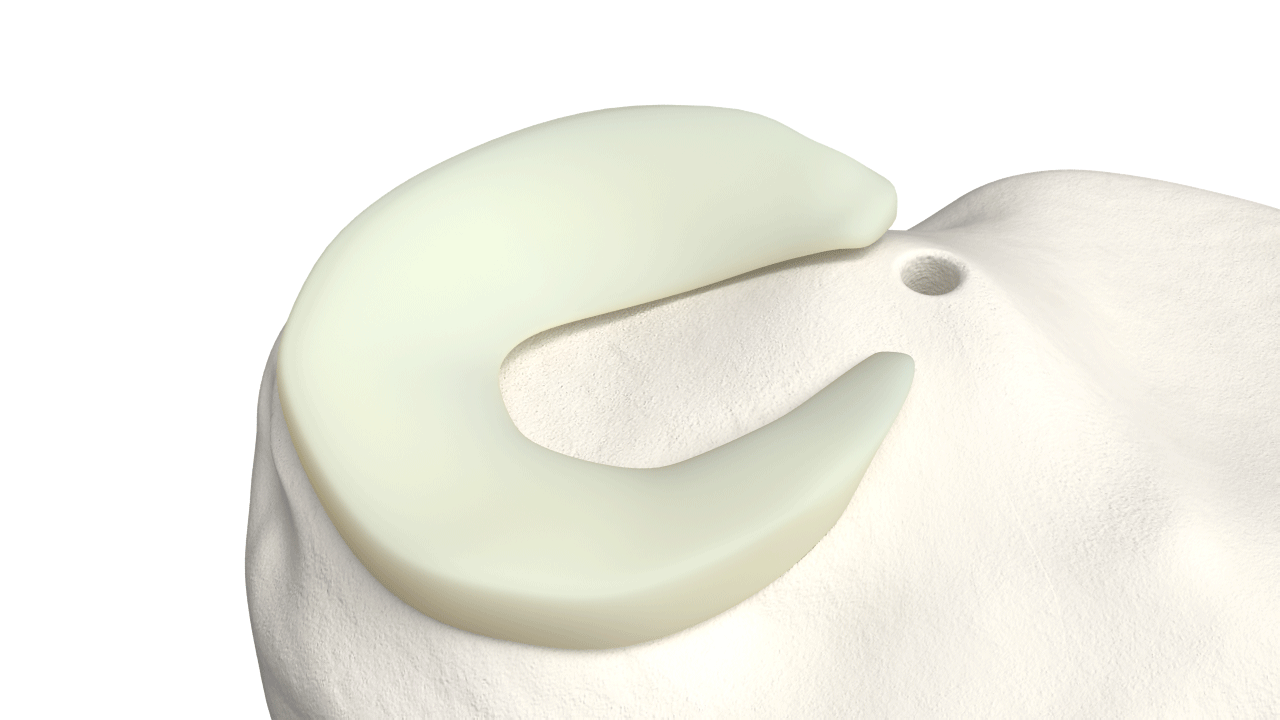
While most surgeons are unfortunately not yet trained on this technique, it allows anatomical reduction and uniform compression of the meniscus tear edges during healing. This FDA Approved device and technique are described in more detail here.
Most orthopedic surgeons have embraced meniscus removal surgery even though new techniques for meniscus repair work incredibly well for most all tear types. Why do surgeons preferentially ‘trim’ (remove) the meniscus?
Meniscus repair does not pay well. There is inadequate reimbursement for doctors to spend time focused on meniscus repair.
Meniscus repair is often technically difficult. Tears that are not vertical and peripheral are particularly challenging.
Meniscus repair requires that the surgeon teach the patient how to use a hinged knee brace and that they follow the patient after the surgery to make sure they heal. This requires more work for the doctor (and patient) before and after surgery than does meniscus removal.
Patients like the idea of not needing to rehab and quickly returning to sport, so it’s easy to sell them on meniscus removal.
Dogma handed down from orthopedic surgeon to orthopedic surgeon over many years has led most surgeons to believe that repair doesn’t work because of poor “blood supply”, when in reality it’s due to traditionally poor or inadequate surgical repair techniques.
Most techniques do a poor job sewing the bottom side of tears leading to partial healing and eventual repair failure.
Modern sewing techniques require special training and practice, such as using specialized devices and learning how to tie arthroscopic knots. Most surgeons find these techniques difficult, and the monetary incentives are not there to spend extensive time training on them.
Traditional repair techniques, because they involved needle penetration beyond the capsule into the back of the knee, have increased neurovascular risk.
Years later, when the patient needs a knee replacement, they often go back to the same doctor who successfully removed their meniscus.
Before ~2012, there were no good ways to sew many tear types, including horizontal, radial, oblique, and complex tears, which require circumferential repair techniques on which most surgeons are not yet trained.
Require a hinged knee brace locked in extension during weight-bearing for 6 weeks. Click here to see the brace
- Ok to immediately walk with all of your weight on your leg (with the brace locked in extension).
- Ok to unlock the brace and allow your knee to bend to 90 degrees when not bearing weight.
- Be careful with standing from a seated position and sitting from a standing position, as accidentally placing weight across a bent knee places stress on the repair before it is healed enough to tolerate it.
- The brace is typically covered by insurance.
- Typically, non-weight bearing for 6 weeks, with PT starting thereafter.
- Do not require a brace.
- Most meniscus repair surgeries are not all that painful. However, Dr. Saliman will prescribe you pain medicines the day of surgery just in case.
- Most patients can fly out the same or the next day.
- Ok to drive if/when
- You feel it is safe to do so
- You are comfortable that you could hit the brakes hard if needed
- You are off all pain medications (except anti-inflammatories)
- After surgery, your quadriceps and hamstrings will be very weak due to the brace and/or non-weight bearing status.
- You will need to do physical therapy starting 6 weeks after surgery to regain your motion and strengthen your leg.
- Return to cutting sports is typically allowed 9 months after surgery

Dr. Saliman does telephone consults, sees patients in his office in Los Angeles, and operates out of a Cedars-Sinai-owned surgery center in Beverly Hills.
Book your consultation below or call (310) 703-5819
A meniscus tear is a common knee injury frequently caused by everyday activities that put pressure on the knee joint, such as squatting to pick something up or getting in and out of a car. Meniscus tears may cause pain, clicking and/or the sensation of your knee getting stuck or giving out. In some cases they can also cause swelling and/or limited motion. You may still be able to walk after you tear your meniscus, and in fact, many athletes continue to play with a meniscal tear, albeit with pain and decreased function.
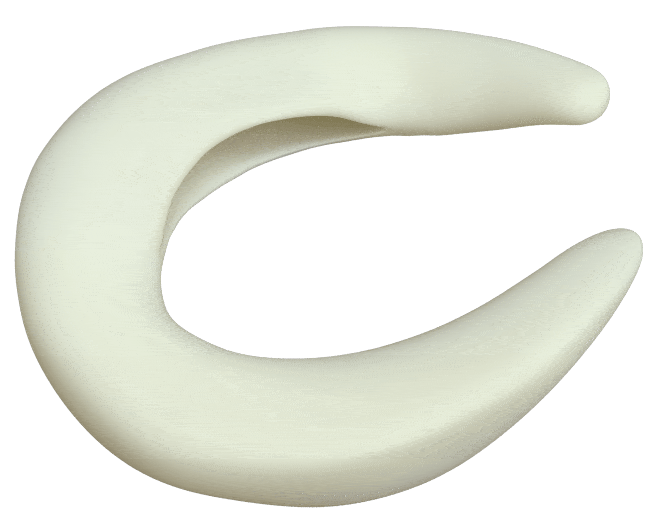
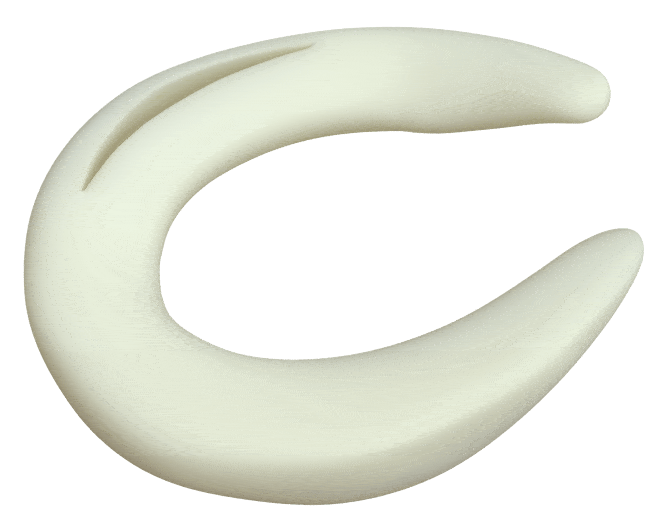

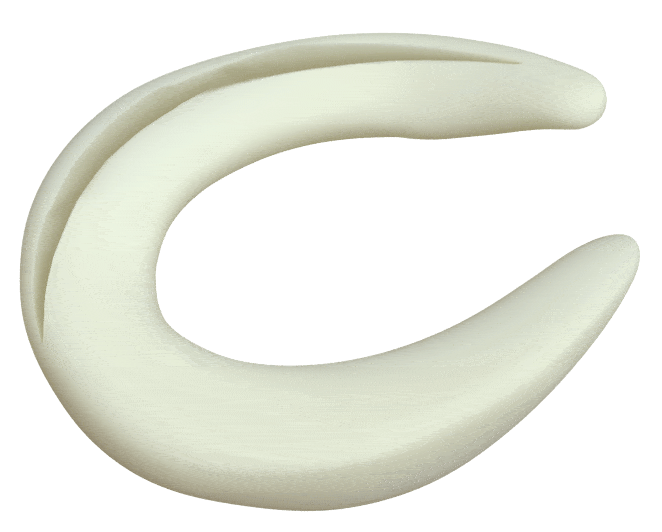
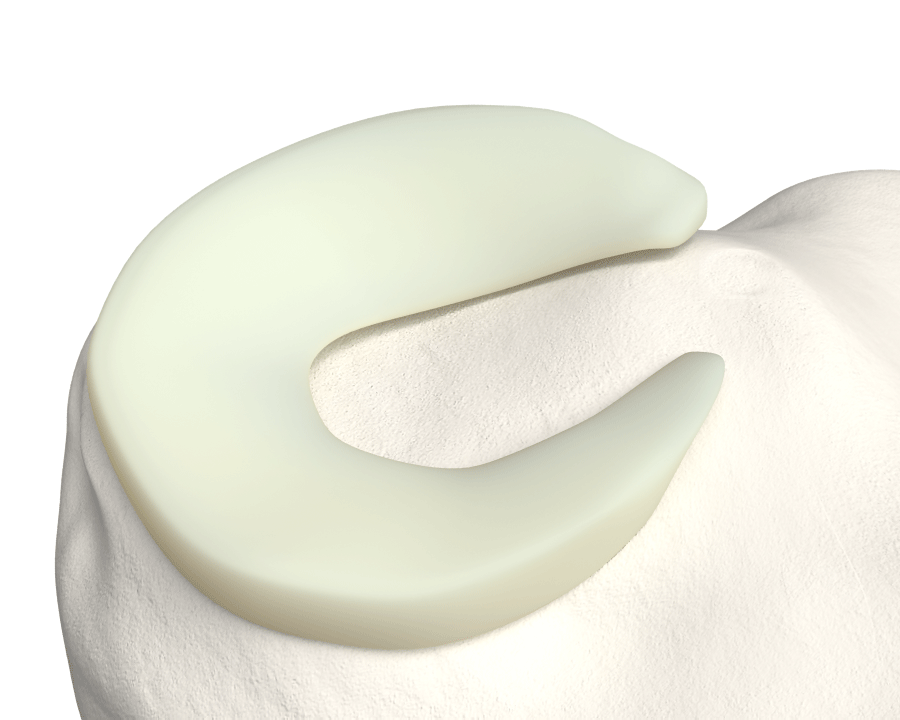
Questions
 But I was told the meniscus doesn’t have a good blood supply?
But I was told the meniscus doesn’t have a good blood supply?The area of the meniscus that ‘doesn’t have a good blood supply, typically the central and middle third of the meniscus, can, in fact, heal. These zones are just harder to repair with traditional techniques. And the central third can be removed as it has not been shown to be critical to the knee’s long-term health. So what’s really important is to have any tears that occur in the middle or peripheral third repaired (assuming the knee is not already arthritic, in which case the options are conservative treatment or knee replacement surgery). Below are papers demonstrating that the avascular zone can, in fact, heal, and these papers were published even before the Circumferential Stitch for meniscus repair enabled improved mechanical repairs.
References:
1. Avascular Zone Meniscal Repair in ACL patients, 79% completely healed.
Ahn, J.H., et al., Clinical and second-look arthroscopic evaluation of repaired medial meniscus in anterior cruciate ligament-reconstructed knees. Am J Sports Med, 2010. 38(3): p. 472-7.
2. Avascular Zone Isolated Meniscal Tears, horizontal sutures, 60% completely healed.
Eggli, S., et al., Long-term results of arthroscopic meniscal repair. An analysis of isolated tears. Am J Sports Med, 1995. 23(6): p. 715-20.
3. Avascular Zone, including radial tears, patients over 40 yrs, 87% success rate.
Noyes, F.R. and S.D. Barber-Westin, Arthroscopic repair of meniscus tears extending into the avascular zone with or without anterior cruciate ligament reconstruction in patients 40 years of age and older. Arthroscopy : the journal of arthroscopic & related surgery : official publication of the Arthroscopy Association of North America and the International Arthroscopy Association, 2000. 16(8): p. 822-829.
4. Avascular Zone, vertical sutures, under 20yrs, 62% success rate.
Noyes, F.R., et al., Greater Than 10-Year Results of Red-White Longitudinal Meniscus Repairs in Patients 20 Years of Age or Younger. The American Journal of Sports Medicine, 2011.
5. Avascular Zone, vertical sutures in ACL patients, 54% success rate.
Asahina, S., et al., Intermediate-Term Results of Meniscal Repair in Anterior Cruciate Ligament-Reconstructed Knees. The American Journal of Sports Medicine, 1998. 26(5): p. 688-691.
6. Avascular Zone, vertical sutures, 94% success rate.
Barber, F.A., D.H. Johnson, and J.L. Halbrecht, Arthroscopic Meniscal Repair Using the BioStinger. Arthroscopy : the journal of arthroscopic & related surgery : official publication of the Arthroscopy Association of North America and the International Arthroscopy Association, 2005. 21(6): p. 744-750.
7. Avascular Zone, vertical sutures, 100% success, arrow fixator, 80%.
Steenbrugge, F., et al., Arthroscopic meniscus repair: inside-out technique vs. Biofix meniscus arrow. Knee Surgery, Sports Traumatology, Arthroscopy, 2004. 12(1): p. 43-49.
8. Avascular Zone, vertical sutures, 79% success.
Buseck, M.S. and F.R. Noyes, Arthroscopic evaluation of meniscal repairs after anterior cruciate ligament reconstruction and immediate motion. The American Journal of Sports Medicine, 1991. 19(5): p. 489-494.
9. Avascular Zone, vertical sutures, radial tears 73% success, flap tears 78% success.
Rubman, M.H., F.R. Noyes, and S.D. Barber-Westin, Arthroscopic Repair of Meniscal Tears that Extend into the Avascular Zone. The American Journal of Sports Medicine, 1998. 26(1): p. 87-95.
10. Avascular Zone, All inside circumferential suture, 100% success.
Yoo, J.C., et al., Suturing complete radial tears of the lateral meniscus. Arthroscopy, 2007. 23(11): p. 1249 e1-7.
11. Avascular Zone, all inside devices, isolated meniscal tears, 68% success.
Gallacher, P.D., et al., White on white meniscal tears to fix or not to fix? The Knee, 2010. 17(4): p. 270-273.
12. Avascular Zone, vertical sutures, bucket handle tears with ACL. 91% success.
Feng, H., et al., Second-Look Arthroscopic Evaluation of Bucket-Handle Meniscus Tear Repairs With Anterior Cruciate Ligament Reconstruction: 67 Consecutive Cases. Arthroscopy : the journal of arthroscopic & related surgery : official publication of the Arthroscopy Association of North America and the International Arthroscopy Association, 2008. 24(12): p. 1358-1366.
 I was told I was too old for meniscus repair?
I was told I was too old for meniscus repair?The below studies suggest patient age may not be a significant factor.
1. Noyes, FR, Barber-Westin SD. Arthroscopic repair of meniscus tears extending into the avascular zone with or without anterior cruciate ligament reconstruction in patients 40 years of age and older. Arthroscopy. 2000;16(8):822-9. View study
2. Rothermel, et al. Are Outcomes After Meniscal Repair Age-Dependent? A Systematic Review. Arthroscopy. 2017 Dec. 19 epub. ahead of print. View study
3. Steadman, et al. Meniscus suture repair: minimum 10-year outcomes in patients younger than 40 years compared with patients 40 and older. AJSM. 2015 Sep;43(9):2222-7. View study
 Why not just my knee replaced?
Why not just my knee replaced?Knee replacements work well when there are no other options but have potentially devastating complications (infection, DVT, pneumonia, and blood loss leading to heart attack). Also, they don’t last forever. Every 20 years or so, patients must undergo revision surgery and lose bone mass each time. Second and third revision surgeries have dramatically increased risks of complications. Prevention via meniscus repair should be the gold standard of treatment if your knee is not already arthritic.
 But I live out of state?
But I live out of state?Patients fly in for surgery frequently. If you are out of state please book a Zoom consult.
 What is a Meniscus?
What is a Meniscus?Your menisci are two wedge-shaped pieces of cartilage that function to evenly distribute forces in your knee joints and effectively act as shock absorbers every time you take a step. Your menisci are critical to the long-term health of your knee, and any simple wrong position or twist can lead to a meniscus tear. When the function of your meniscus is compromised, your knee is at a high risk of becoming progressively painful and arthritic. The only definitive treatment for an arthritic knee is total knee replacement – so, SAVE YOUR MENISCUS!
 What is a Meniscus Tear?
What is a Meniscus Tear?A meniscus tear is a common knee injury frequently caused by everyday activities that put pressure on the knee joint, such as squatting to pick something up or getting in and out of a car. Meniscus tears may cause pain, clicking and/or the sensation of your knee getting stuck or giving out. In some cases they can also cause swelling and/or limited motion. You may still be able to walk after you tear your meniscus, and in fact, many athletes continue to play with a meniscal tear, albeit with pain and decreased function.
 Do I need cold therapy?
Do I need cold therapy?Cold therapy is not typically covered by insurance; however, a cold therapy unit is included in the price of the surgery.
 Does Dr. Saliman have outcome data on how patients do in his hands?
Does Dr. Saliman have outcome data on how patients do in his hands?Yes, Dr. Saliman follows all of his outcomes using literature validated, objective Patient-Reported Outcome assessments via a software called OutcomeMD. He measures and tracks all outcomes and decides when and on whom to perform surgery based on the long-term outcomes of all other patients who have had similar surgeries in his hands.
 What about cost and Insurance?
What about cost and Insurance?Dr. Saliman operates out of a Cedars-Sinai owned surgery center in Beverly Hills that is in-network with most insurances.
Surgery center fees are covered by most all insurances.
Dr. Saliman’s surgeon fee is $5k if you have out-of-network insurance benefits.
His surgeon fee is $10k if you do not have out-of-network benefits.
 Where does Dr. Saliman do surgery?
Where does Dr. Saliman do surgery?At a Cedars-Sinai-owned surgery center in Beverly Hills that is in-network with most PPO insurance plans.
 Does Dr. Saliman still do hip and shoulder arthroscopic surgery?
Does Dr. Saliman still do hip and shoulder arthroscopic surgery?He does still do arthroscopic surgery within the shoulder and hip joints.

Root Tear
Horn Tear
Meniscus Tear
Meniscus Tear
Meniscus Tear
Meniscus Tear
Meniscus Tear